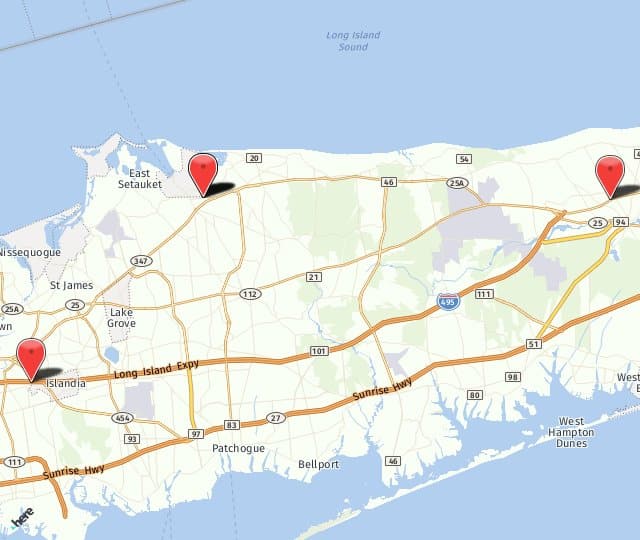A venography, also known as a venogram, is an X-ray test that uses a contrast dye that is injected into the body, to show how blood flows through the veins. The dye allows the veins to be viewed more clearly on the X-ray images. A venogram may be used view the veins and blood flow in certain areas of the body to:
- Locate blood clots
- Evaluate varicose veins
- Find a vein to use for a bypass procedure
- Guide a physician when placing a medical device in a vein
The Venogram Procedure
This noninvasive test is usually completed on an outpatient basis within the radiology department of a hospital. The patient will be positioned on an examining table and the physician will inject the patient with the contrast dye through the use of an IV. A series of X-rays will then be taken. The test takes between 30 and 90 minutes to complete. After the procedure, fluids may be run through the IV to remove the contrast material from the veins. Patients are instructed to drink plenty of fluids for the next day to continue to flush the dye from their system.
What Happens Before My Venogram?
Before undergoing a venogram, your doctor will perform a thorough clinical evaluation and physical examination. Be prepared to discuss the following:
- Your medical history
- Your current symptoms
- Existing health conditions such as high blood pressure
- Previous surgeries, if relevant
- Lifestyle habits, including the use of tobacco or nicotine
During your physical examination, your doctor may observe or measure:
- The color and temperature of the affected extremity
- Pulses in the extremity
- Wounds or ulcerations on the skin of the affected extremity
You may also undergo initial diagnostic tests such as Duplex ultrasound.
What Happens During the Procedure?
The venogram is a minimally invasive procedure. It does not require a hospital stay and there is very little recovery involved. We anticipate that you'll be able to resume your full level of activity within a few days of your test.
Before beginning your venogram, the provider may administer a mild local anesthetic in the area where the needle will be inserted. Once the needle is inserted, a contrast dye will be injected. This shows up as color on the x-ray image. As the contrast dye travels through the vein or veins, you may experience a burning or warming sensation. The contrast dye can also cause nausea or vomiting. Your technician will observe you closely for signs of discomfort. Because you are awake during your procedure, you can communicate as needed with your technician to ensure you're well taken care of.
While the x-rays are being taken, you will need to remain very still. In the series of images, we hope to identify areas of compression in the vein so your doctor can determine the best treatment option for you.
Treatments that may be performed after a Venogram include:
- Venoplasty. This procedure restores blood flow out of the affected vein via the insertion and inflation of a small balloon. After blood flow is restored, the balloon is deflated and removed.
- Venous stent placement. This outpatient procedure involves the placement of a small tube into the affected vein or artery. The tube is expanded to open the vein just the right amount to provide necessary structure.
Am I Sedated for My Venogram?
Anesthesia is usually not necessary for a diagnostic venogram. The procedure is performed in a radiology center and involves only an injection of contrast dye. There is no treatment performed at the same time as the venogram, so the procedure is virtually non-invasive, other than the initial injection. After the contrast dye has been administered, the remained of the test involves a series of x-rays, which does not cause discomfort.
Risks of a Venogram
While a venogram is considered a safe procedure, there are certain risks associated with the procedure which may include:
- Allergic reaction to contrast dye
- Deep vein thrombosis
- Damage to blood vessels
- Kidney damage
After the venogram is completed, the images are sent to a radiologist for analysis. A physician will then discuss the results of the venogram with the patient.

